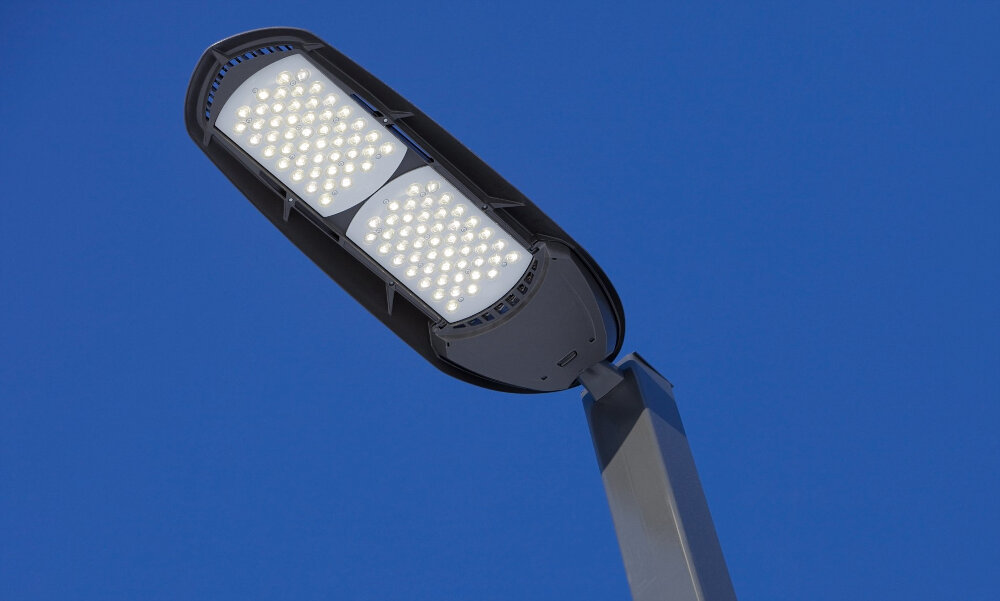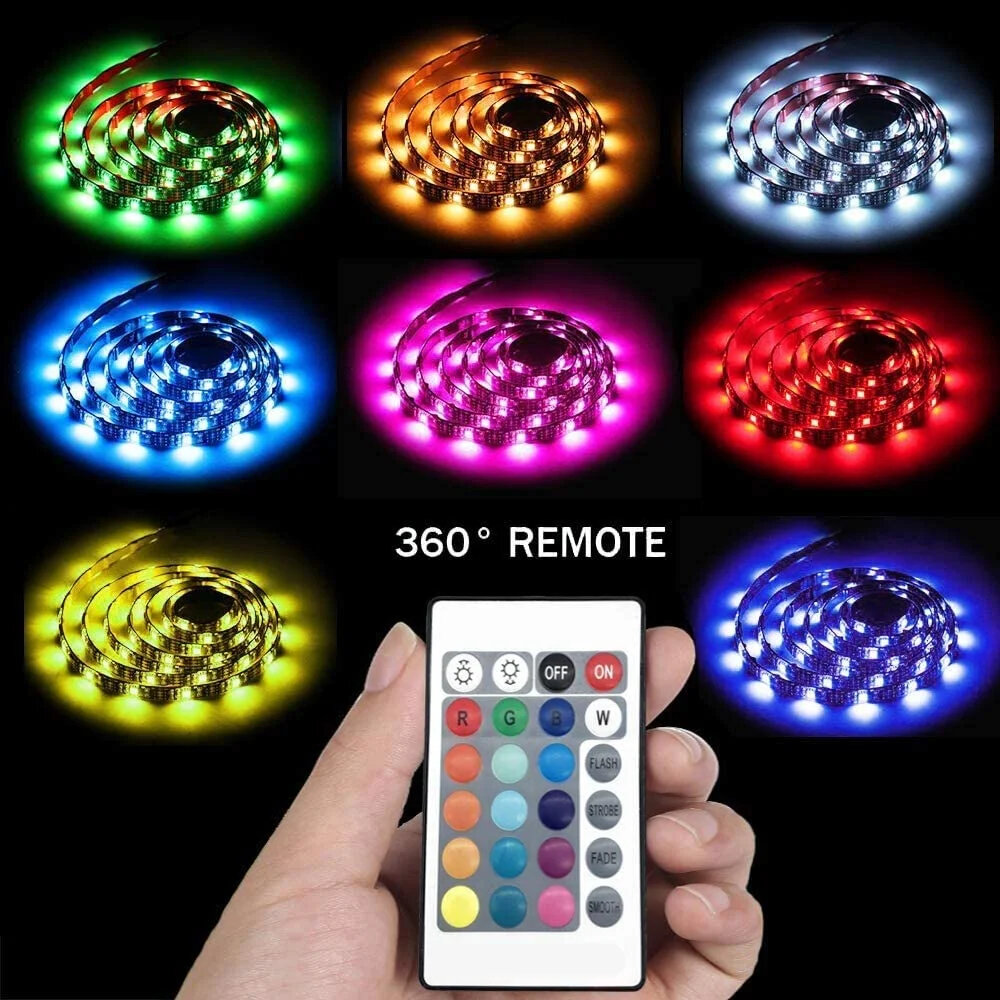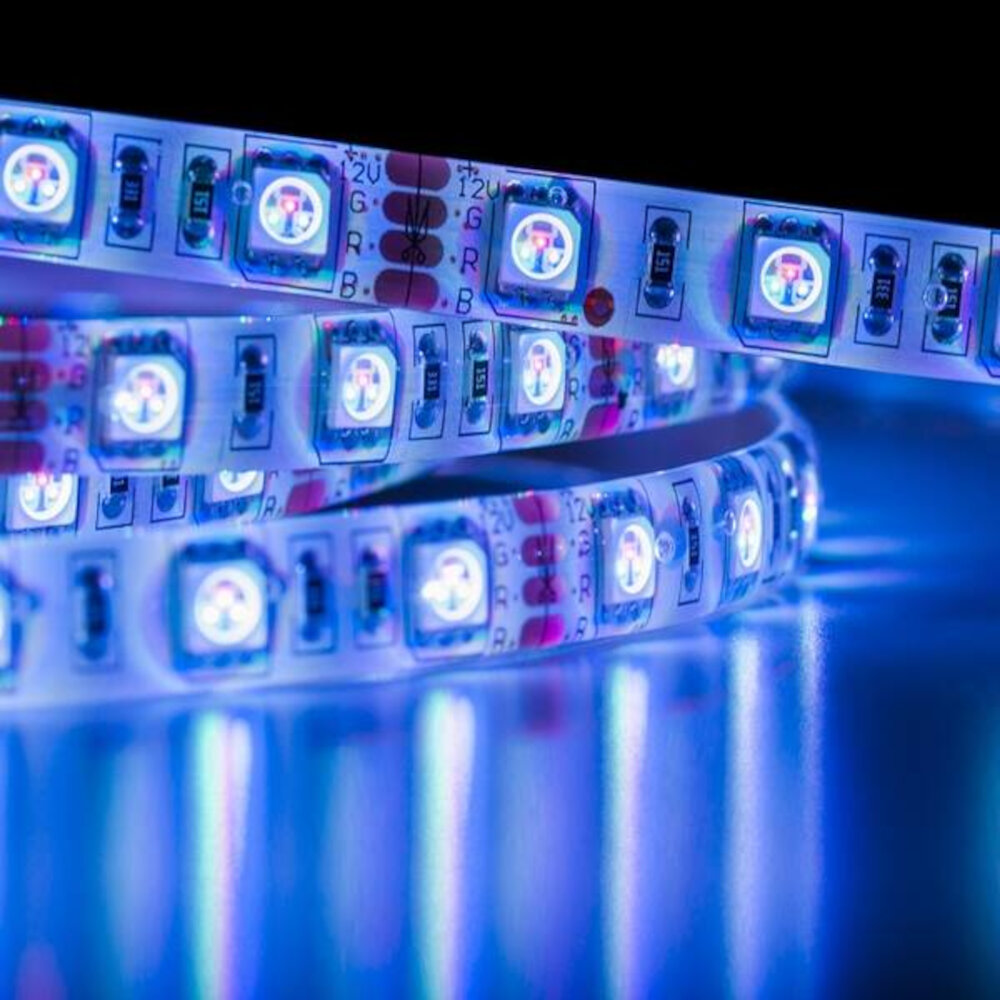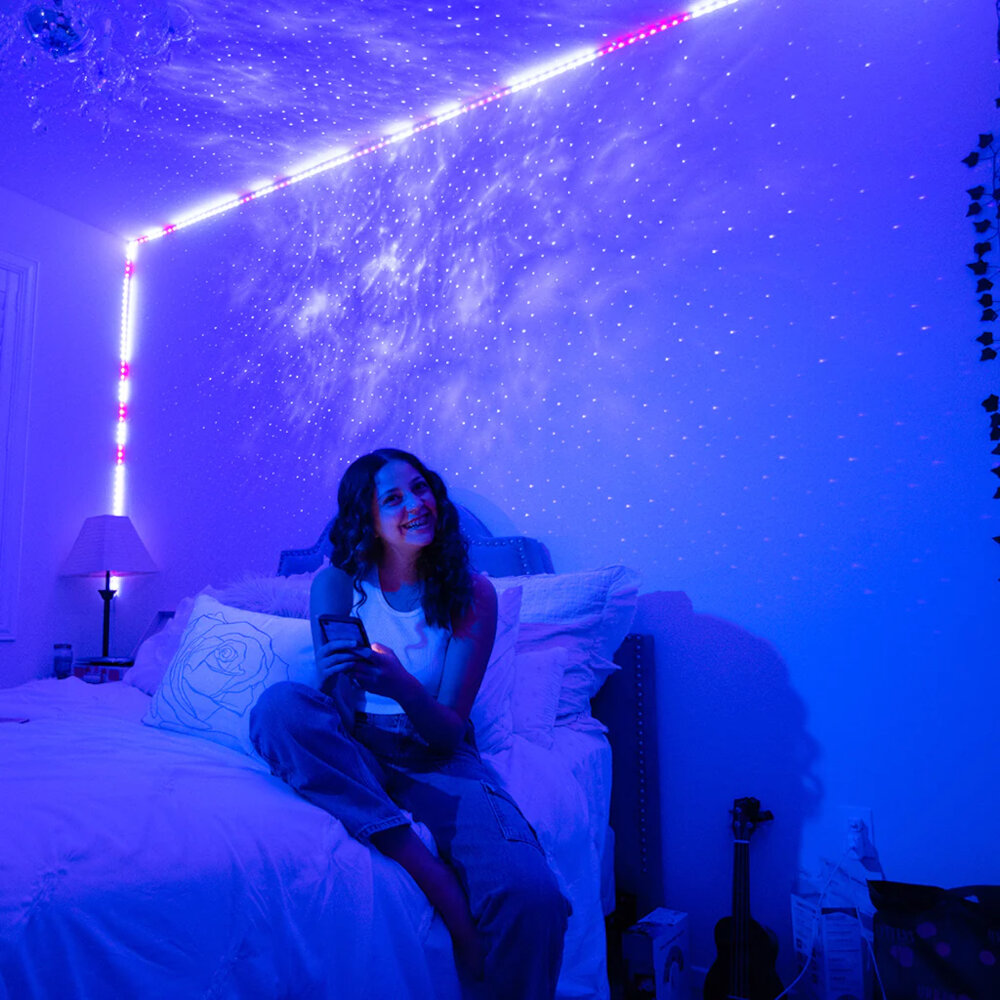Boost Your Productivity: Why Choosing the Best LED Light Color for Studying Matters

In today’s fast-paced world, productivity has become an essential aspect of our lives, especially for students who are constantly seeking ways to enhance their learning and improve their academic performance. One way to achieve this is by selecting the best LED light color for studying. LED lighting technology has revolutionized the way we light our homes, offices, and classrooms, offering energy efficiency, long-lasting durability, and an array of colors to choose from. However, choosing the right LED light color for studying can be a daunting task for many students. With the different options available, it’s easy to get confused about which one is the best for productivity. In this article, we will explore the importance of selecting the right LED light color for studying and how it can impact your productivity, concentration, and overall well-being. We will also provide tips on how to choose the best LED light color for your study environment to optimize your learning experience.
Productivity is a crucial aspect when it comes to studying. It refers to the efficiency with which a person can complete their tasks and achieve their goals. By being productive, students can make the most of their time and increase their chances of success. A productive student can complete their work with greater ease, manage their time better, and ultimately achieve more in less time. It is also important for students to be able to maintain focus and concentration while studying. Choosing the best LED light color can help in this regard, as it can create an environment that is conducive to learning and concentration. By taking steps to improve their productivity, students can achieve their academic goals and excel in their studies.
The color of LED lights can have a significant impact on productivity, particularly when it comes to studying. LED lights come in a variety of colors, ranging from warm whites to cool blues. Warm whites have a yellowish tint, while cool blues have a bluish tint. Research has shown that cool blue light can be particularly effective for studying, as it can increase alertness and improve cognitive performance. However, it’s important to find the right balance, as too much blue light can also cause eye strain and disrupt sleep patterns. By selecting the best LED light color for studying, you can create an optimal environment that promotes productivity and helps you stay focused and alert.
Understanding the Different LED Light Colors

LED lights have become a popular lighting option due to their energy efficiency, long lifespan and versatility. But did you know that LED lights come in different colors? Understanding the different LED light colors is essential when choosing the best lighting option for studying, working or any other activity that requires optimal productivity. The color of the LED light affects our mood, energy levels and even our ability to concentrate. The most common LED light colors are warm white, cool white and daylight. Warm white LED lights have a yellowish hue that mimics the warm glow of traditional incandescent bulbs. These lights are ideal for creating a cozy and relaxing atmosphere, but they are not the best option for studying or working. Cool white LED lights have a bluish tint that creates a bright and energizing environment. These lights are suitable for spaces where you need to stay alert and focused, such as a home office or study area. Daylight LED lights have a color temperature similar to natural daylight, which is ideal for creating a bright and stimulating environment. These lights are perfect for tasks that require high levels of concentration, such as reading, writing or working on a computer.
LED lights come in various colors, including cool white, warm white, daylight, and RGB. Cool white LED lights have a bluish tint, making them ideal for reading and studying, as they create a bright and vibrant atmosphere. Warm white LED lights, on the other hand, have a yellowish tint, which creates a more relaxed and cozy environment. Daylight LED lights are a combination of cool and warm white, creating a natural light that’s similar to natural daylight. RGB LED lights allow users to change the color of their light to any color they wish, making them perfect for setting a particular ambiance or mood while studying. Choosing the right LED light color can have a significant impact on productivity and overall mood, making it essential to consider when setting up a study or workspace.
Colors have a significant impact on the human brain and body. Different colors have different effects on our mood, productivity, and overall well-being. Blue light, for instance, is known to improve focus, alertness, and cognitive function. It stimulates the production of serotonin, a hormone that regulates our sleep-wake cycle and mood. On the other hand, yellow light has a calming effect and promotes relaxation, making it ideal for reading or winding down after a long day. Green light is associated with balance, harmony, and stress relief, which makes it a great choice for meditation or yoga practice. Meanwhile, red light is known to increase heart rate and blood pressure, which can be helpful during physical activities but may cause anxiety or restlessness in some people. Overall, choosing the right LED light color can have a significant impact on your productivity, mood, and overall health.
LED lights come in a range of colors, each with its unique properties and applications. For instance, blue LED lights are often used in classrooms and study areas since they enhance focus and concentration. Green lights are common in hospitals and laboratories, where they create a calming effect and reduce eye strain. Red LED lights are used in dark environments such as movie theaters since they don’t affect the eyes’ natural adaptation to darkness. White LED lights are versatile and can be used in various settings, from offices to homes. They provide a balanced light spectrum that mimics natural light, making them ideal for any task that requires visual clarity. Overall, choosing the right LED light color can improve productivity, enhance mood, and reduce eye strain, making it an essential consideration for anyone looking to optimize their study or work environment.
The Impact of LED Light Color on Productivity

The impact of LED light color on productivity has been a topic of interest for many researchers over the years. It is now widely accepted that the color of light can have a significant effect on our mood, energy levels, and overall productivity. Studies have shown that certain colors of light can increase alertness and concentration, while others can induce feelings of relaxation and calm. This is particularly important in workplaces and study environments where productivity is key. Choosing the right LED light color can have a positive impact on productivity and help individuals achieve their goals more efficiently. LED light color can also affect our circadian rhythm, which regulates our sleep-wake cycle. Exposure to blue light, for example, can suppress the production of the hormone melatonin, which can disrupt our sleep patterns. This is why it is important to choose LED light colors that are appropriate for the time of day and the activity being performed. Using warm, amber-colored lights in the evening can help promote relaxation and better sleep, while using cooler, blue-toned lights in the morning can help increase alertness and productivity. By understanding the impact of LED light color on our bodies and minds, we can make more informed choices when it comes to selecting the best lighting for our work and study spaces.
The color of LED lights can have a significant impact on concentration and focus during studying. Blue light, for instance, has been found to enhance cognitive function and increase alertness, making it a popular choice for study environments. On the other hand, warmer hues like yellow and orange can create a more relaxed atmosphere, which may be beneficial for creative tasks or brainstorming sessions. It’s important to note, however, that exposure to blue light for prolonged periods can disrupt sleep patterns, so it’s best to limit its use in the evening. Ultimately, selecting the right LED light color can help improve productivity and make studying a more enjoyable experience.
The color of LED lights can have a significant impact on a person’s mood and energy levels. For instance, cool white LED lights can create a stimulating and energizing effect, making them ideal for studying or working. In contrast, warm white LED lights can induce a relaxed and calming atmosphere, making them suitable for winding down after a long day. Moreover, blue LED lights can enhance concentration and alertness, while red LED lights can help promote a sense of warmth and comfort. Therefore, it is essential to choose the right LED light color based on the desired mood or energy level for a particular task or activity.
Scientific evidence supports the idea that choosing the right LED light color can boost productivity and enhance studying. Research has shown that blue light, in particular, can improve alertness, reaction times, and cognitive function. Additionally, exposure to blue light in the morning can help regulate the body’s circadian rhythm, leading to better sleep quality and improved overall health. On the other hand, warm-toned light can promote relaxation and reduce stress, making it a great choice for winding down at the end of the day. By understanding the effects of different LED light colors on the body and mind, individuals can optimize their study environment to promote productivity and well-being.
Choosing the Best LED Light Color for Studying

When it comes to studying, finding the perfect lighting can make all the difference. Studies have shown that the color temperature of light can have a significant impact on a person’s productivity and ability to concentrate. LED lights are an excellent choice for studying because they are energy-efficient, long-lasting, and offer a wide range of color options. However, choosing the right color temperature can be challenging. The best color temperature for studying is cool white or daylight, which is between 5000K and 6500K. This type of light mimics natural daylight and can help you stay alert and focused while studying. Warm white or soft white, which is between 2700K and 3000K, is not ideal for studying because it can create a relaxing and cozy atmosphere that can make you feel sleepy. In addition to color temperature, it is also essential to consider the color rendering index (CRI) when choosing LED lights for studying. CRI measures how well a light source can show the true colors of an object compared to natural light. A CRI of 90 or above is considered excellent and is ideal for studying because it provides accurate color representation. A lower CRI can make it difficult to distinguish between different colors and can cause eye strain, making it challenging to focus on your studies. Therefore, when choosing LED lights for studying, it is crucial to look for a high CRI and a cool white or daylight color temperature to create an optimal study environment.
When it comes to studying, the right LED light color can make all the difference in your productivity and focus. To choose the best LED light color for studying, consider the color temperature. Cooler temperatures, around 5000K, are ideal for tasks that require focus and concentration. Warmer temperatures, around 2700K, are better for relaxation and winding down. Additionally, consider the brightness of the light. Too bright and it can cause eye strain, but too dim and it can make it difficult to read. Experiment with different LED light colors and settings to find the perfect balance for your study space. Investing in a quality LED light with adjustable settings can also make a big difference in your studying experience.
When selecting LED light color for studying, there are several factors to consider. First, the color temperature should be taken into account. Cooler colors, such as blue and white, have been found to promote alertness and focus, making them ideal for studying. However, warmer colors, such as yellow and orange, can create a more comfortable and relaxing environment, which may be beneficial for longer study sessions. Additionally, the brightness of the LED lights should be considered. Too much brightness can cause eye strain and headaches, while too little can lead to drowsiness and lack of focus. Adjustable dimming options can provide the perfect balance. Lastly, the color rendering index (CRI) should be evaluated. A higher CRI means that colors will appear more natural and vibrant, which can be beneficial for tasks that require color accuracy, such as graphic design or art.
Choosing the right LED light color can have a significant impact on your productivity and concentration levels while studying. For instance, blue light has been found to enhance alertness and cognitive function, making it ideal for tasks that require focus, such as reading, writing, and problem-solving. On the other hand, warmer tones like yellow and orange can create a calming atmosphere that promotes relaxation and reduces eye strain, making them suitable for activities that require visual creativity, such as painting or drawing. Additionally, red light can stimulate the brain and increase mental stamina, making it a great choice for late-night study sessions. Ultimately, adapting your LED light color to your study task can help you maintain focus, increase productivity, and reduce eye fatigue, leading to more effective and efficient study sessions.
Making the Most of LED Light Color for Boosting Productivity

The color of light can significantly impact our productivity, especially during studying or working. LED lights have become popular due to their energy efficiency and the ability to change color temperatures. Choosing the right LED light color can make a substantial difference in your productivity levels. Cooler and daylight LED light colors are known to boost alertness and focus, making them ideal for studying or working. On the other hand, warmer LED light colors are ideal for relaxation and winding down after a long day. By selecting the right LED light color temperature, you can enhance your productivity and improve your overall well-being. When choosing LED light colors for productivity, it is essential to consider the task at hand. For instance, cool white LED light colors are ideal for tasks that require high attention to detail, such as studying or reading. Warm white LED light colors, on the other hand, are ideal for tasks that require relaxation, such as meditation or winding down after work. The color temperature of LED lights can significantly impact our circadian rhythm, affecting our sleep and wake cycle. Therefore, it is crucial to choose LED light colors that promote a healthy sleep-wake cycle for optimal productivity during the day. By making the most of LED light colors, you can boost your productivity and improve your overall well-being.
Choosing the right LED light color is crucial for productivity, particularly when studying or working in an office. To maximize the benefits of LED light color, it is important to choose a color temperature that matches the time of day and task at hand. For example, cooler color temperatures, such as daylight or cool white, are ideal for daytime use as they can increase alertness, while warmer color temperatures, such as soft white, are better suited for evening use as they can promote relaxation and better sleep quality. Additionally, it is important to consider the intensity of the light, as brighter light can increase productivity and reduce eye strain. Finally, minimizing glare and shadows can also improve the overall lighting experience and help maximize the benefits of LED light color for productivity.
Creating an optimal study environment is crucial to achieving successful learning outcomes. LED light color can play a significant role in this regard. To create an ideal study environment, it is essential to choose the right LED light color. Blue LED light is an excellent choice for study environments because it promotes alertness, focus, and concentration. On the other hand, warm white LED light is not suitable for a study environment as it can induce relaxation and sleepiness. To maximize productivity while studying, it is recommended to use bright, cool-toned LED lights like daylight or cool white. These colors mimic natural daylight and stimulate the brain’s activity, which helps to keep learners engaged and alert. Additionally, dimmable LED lights can be used to create a calm and relaxing atmosphere, helping students to unwind after a long study session.
LED light color can have a significant impact on productivity, and there are numerous examples of how it has been leveraged to enhance work efficiency. For instance, many offices have adopted blue-tinted LED lighting to promote alertness and focus, as it mimics natural daylight and suppresses melatonin production, boosting energy levels. Similarly, hospitals have introduced LED lighting with red hues to help patients relax and reduce anxiety, as it is believed to have a calming effect on the mind and body. Moreover, schools have experimented with green LED lighting to improve reading speed and comprehension, as it is thought to reduce eye strain and increase visual acuity. All these examples illustrate the role LED light color can play in enhancing productivity, and why choosing the right color for studying is crucial.
Choosing the right LED light color is crucial for enhancing productivity during studying. Different LED light colors can have varying effects on the human brain, and selecting the best one can significantly impact concentration, focus, and overall performance. For instance, cool white LED lights can increase alertness and stimulate the brain, while warm white LED lights can create a relaxed and calm environment. Moreover, the blue LED light spectrum can boost attention and cognitive function, while red LED lights can increase mental alertness and focus. Therefore, finding the right LED light color for studying can improve the quality of work, reduce eye strain, and prevent headaches, ultimately leading to better academic performance.
Choosing the right LED light color can significantly boost productivity, especially during studying or working. The benefits of using LED light color are numerous, including increased energy levels, improved focus, and reduced eye strain. Natural light, such as cool white LED light, mimics daylight and creates a bright and stimulating environment. Blue light, on the other hand, has been shown to enhance cognitive function and increase alertness. Additionally, LED lights are energy-efficient and have a longer lifespan, making them an eco-friendly and cost-effective alternative to traditional lighting. With so many benefits, it’s clear that choosing the best LED light color for studying can make a big difference in productivity and overall well-being.
Now that you’ve learned how different LED light colors can affect your productivity and concentration, it’s time to take action and implement these tips in your daily routine. Start by assessing the type of work you’ll be doing and choose the appropriate LED light color accordingly. Make sure to also adjust the brightness level to avoid eye strain and fatigue. By taking these steps, you’ll notice a significant improvement in your ability to focus and get work done efficiently. Remember, small changes can lead to big results, so don’t hesitate to give it a try and see the difference it can make in your productivity.
Conclusion

In conclusion, the color of the LED light you choose for studying can have a significant impact on your productivity levels. While warm white lights may be suitable for relaxation, cooler white lights have been proven to improve focus and alertness, making them ideal for study sessions. Additionally, blue light can also be effective in enhancing concentration, but it’s essential to avoid prolonged exposure to prevent adverse effects on your sleep patterns. Therefore, it’s crucial to choose the right LED light color for your study area to optimize your productivity and achieve your academic goals. So, invest in a quality LED light that suits your needs and watch your productivity soar!




